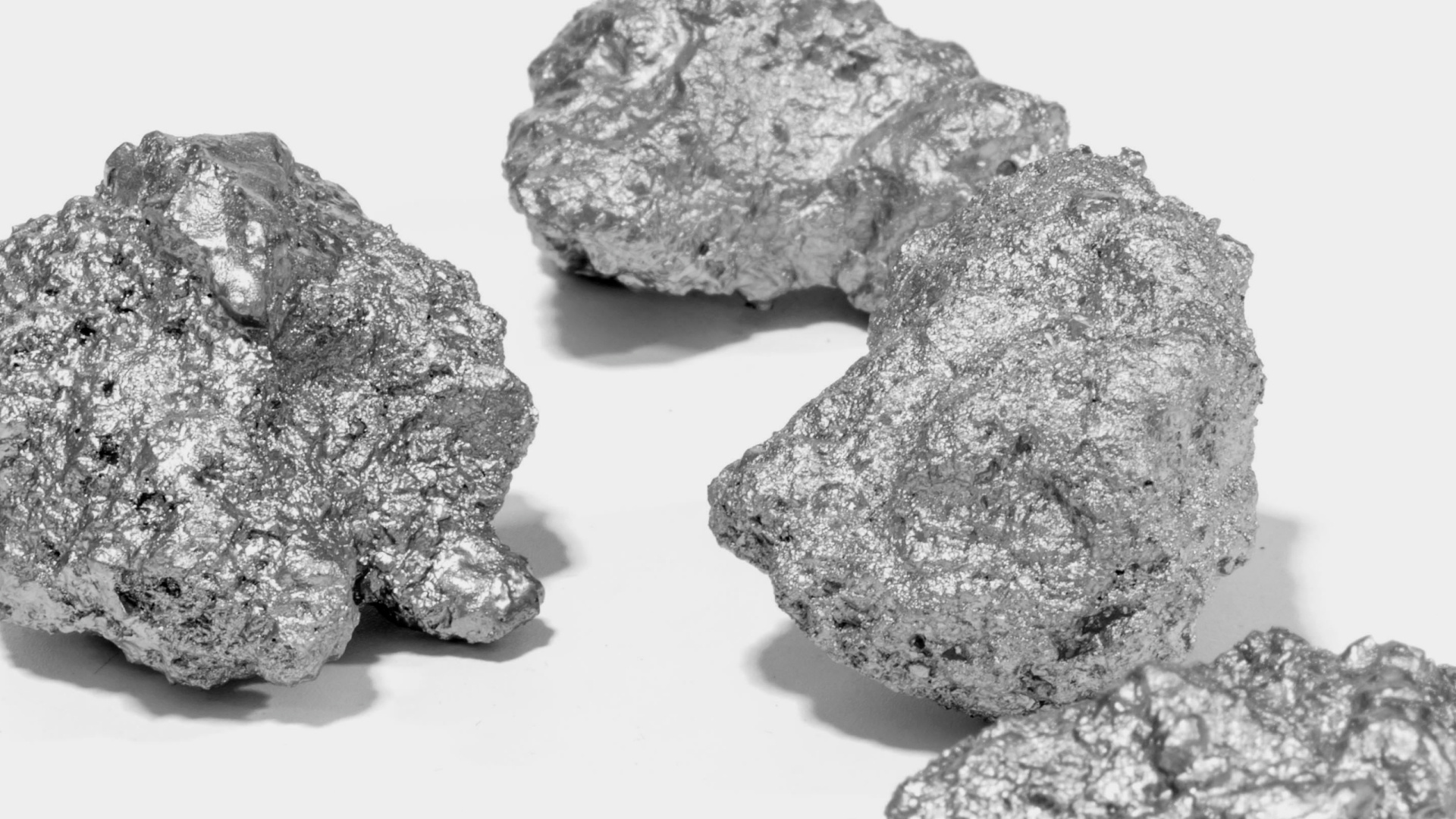Oil prices dropped on Monday, giving up earlier gains, as investors remained cautious ahead of a U.S. Federal Reserve meeting that may cause market turbulence and global producers this week decided to keep output steady. Brent crude futures were down 20 cents, or 0.2%, to $86.46 per barrel, while U.S. West Texas Intermediate crude was down 11 cents, or 0.1%, to $79.57 per barrel. When they virtually convene on February 1, ministers from the Organization of the Petroleum Exporting Countries (OPEC) and allies like Russia, collectively known as OPEC+, are unlikely to change their existing oil supply policy.
However, Brent and WTI posted their first weekly loss in three last week due to a possible increase in petroleum exports from Russia’s Baltic ports in early February. According to analysts at National Australia Bank, “no adjustment to the OPEC+ output is expected to be revealed at this week’s meeting and we expect outlook comments from the U.S. Fed to be the primary driver of the outlook in the near term.”
The market anticipates the Federal Reserve to reduce rate increases from the 50 bps announced in December to 25 bps ahead of its policy meeting scheduled for January 31–February 1. This may allay concerns that the world’s largest oil consumer will experience an economic slowdown that will reduce fuel demand. After a drone assault in Iran, a country that produces oil, tensions in the Middle East increased. Additionally, China, the world’s largest importer of crude oil, committed over the weekend to encourage a consumer rebound that would sustain gasoline demand.
Stefano Grasso, a senior portfolio manager at 8VantEdge, stated that while the situation in Iran is still unclear, any escalation there could hamper petroleum delivery. “On the supply side, we have Russia, and on the demand side, we have China. Both have the potential to fluctuate by more than one million barrels a day “said Grasso, a former oil trader for the Italian company Eni. “Russia has surprised in terms of export volume resiliency despite the sanctions, while China has surprised in terms of how quickly they are coming out of zero COVID.”

